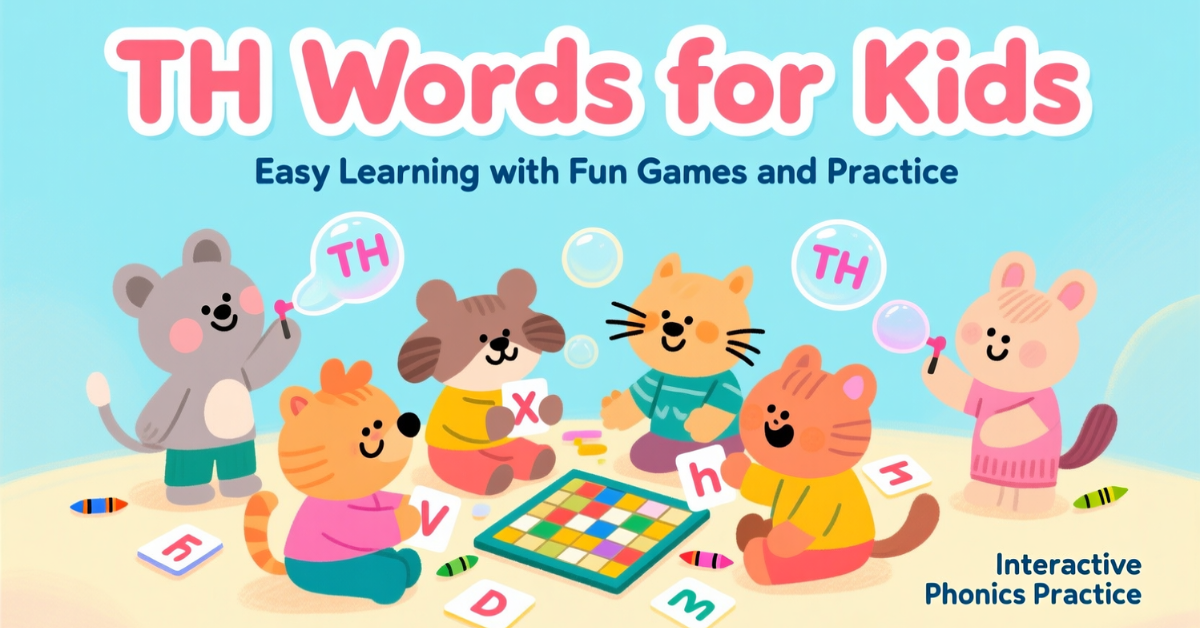Introduction:
Teaching TH words for kids can be a fun and rewarding experience. These words play a big role in early speaking, reading, and writing skills. Words like this, that, there, and thanks are part of everyday speech. But many children find the TH sound tricky at first. This is why it’s important to introduce these words in a simple, playful, and child-friendly way.
When kids hear and say TH words often, they get better at using them. Fun games, stories, and creative speaking tasks help make learning easier. By using simple methods, you can help your child speak clearly and confidently. In this guide, you’ll explore many TH words, learning tips, activities, and pronunciation help. Everything is designed to support young learners on their reading journey.
So let’s dive into the world of TH words for kids and make learning both easy and fun.
Why TH Words Matter in Early Language Learning

TH words play an important role in the English language. Children hear these words every day, whether they are talking to parents, watching cartoons, or reading books. Words like the, them, and though often appear in sentences. Learning to say and use these words correctly helps children sound more natural and fluent.
The TH sound is special. It doesn’t exist in some other languages, so many children find it hard to pronounce. That’s why early exposure is important. If children learn TH words at a young age, they are less likely to develop speech issues.
Practicing TH words also improves reading. Since many TH words are common sight words, children begin to recognize and use them in writing and speech. Teachers and parents can use different strategies to help children remember and pronounce these words.
Helping your child with TH words not only improves their speaking but also builds their confidence and vocabulary. It’s a small step that leads to big language skills.
Common TH Words for Kids with Meanings
Here are some of the most commonly used TH words children should learn. These words are simple and appear often in daily conversations.
| TH Word | Meaning in Simple Terms |
|---|---|
| the | used before a noun to show something known |
| this | Something farther away |
| that | The opposite of thin |
| there | a place or position |
| they | people or things already talked about |
| them | refers to more than one person |
| then | shows time or what happens next |
| thank | to show you feel grateful |
| thin | not thick |
| thick | the opposite of thin |
| throw | to toss something |
| think | to use your brain or have ideas |
Children will often hear and say these TH words as they talk with others. That’s why it’s helpful to start practicing with familiar ones like this and thank you before moving to more tricky ones like though or through.
Difference Between Voiced and Voiceless TH Sounds
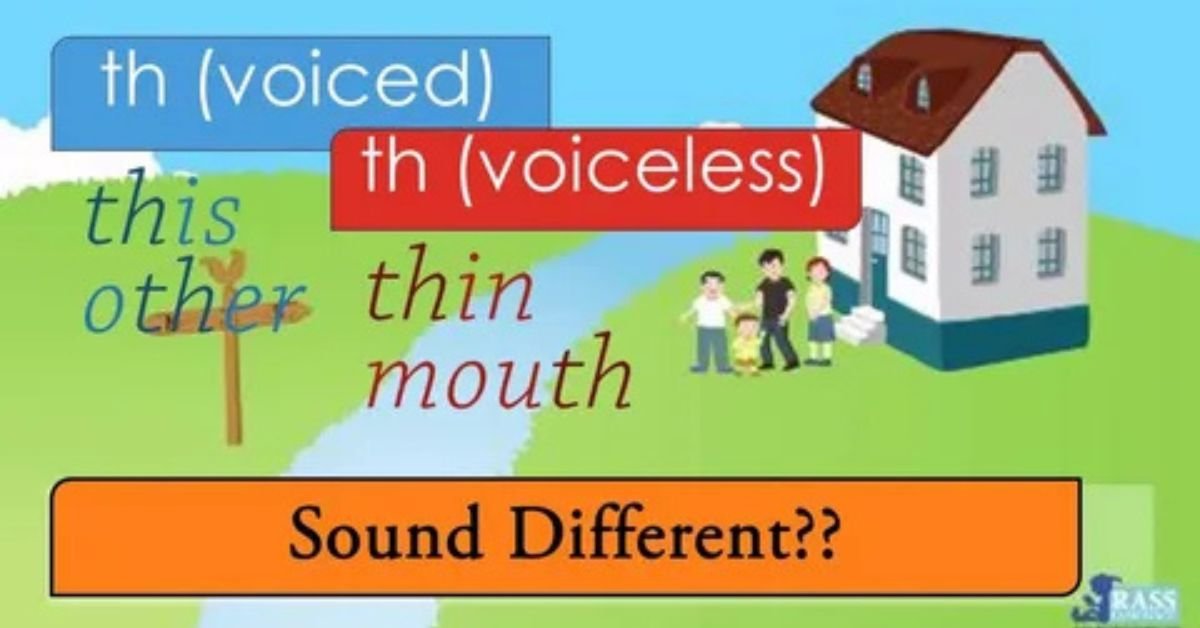
When teaching TH words, it’s helpful to know there are two types of TH sounds: voiced and voiceless. This helps children pronounce words clearly.
Voiced TH Sound:
This sound uses your voice. Place your hand on your throat. You can feel a slight vibration when you say the word aloud.
Examples include: this, that, them, though, their
Voiceless TH Sound:
This sound does not use your voice. You only use air and your tongue.
Examples include: thin, thick, thank, think, thumb
| Type | Example TH Words |
|---|---|
| Voiced TH | this, that, them, those |
| Voiceless TH | thin, think, thank, three |
By learning to feel the sound difference, kids can learn how to say TH words correctly. Practice can be made fun by using mirrors, games, and songs.
Fun Ways to Practice TH Words with Kids

Kids learn faster when they enjoy the activity. Here are some fun ways to teach TH words in everyday settings.
Use Songs and Rhymes
Children love music. Sing songs that include TH words like “This is the way we brush our teeth.” It helps with hearing and repeating the sounds.
Make a TH Word Wall
Set up a small area at home where you can display new TH words. Add pictures for each word to make it easier to remember. You can add one new word each day.
Role Play with Toys
Use dolls or action figures to act out stories using TH words. One toy can say something like, ‘Pass the ball to them.
Tongue Practice Games
Kids often place their tongue in the wrong spot. Try fun tongue games where they lightly stick out their tongue to make the TH sound.
Drawing and Word Matching
Let your child draw a picture of a TH word, like thumb or thunder. Then write the word below. This helps connect meaning with spelling.
All of these games make learning feel like playtime, not work. And that’s how kids learn best.
Beginner-Friendly TH Words for Young Kids
Begin your child’s learning with simple TH words they can understand. These words are short, common, and simple to say.
You can make flashcards using these words. Say the word clearly, show it to your child, and have them say it back. You can even hide cards around the house and turn it into a treasure hunt game. Repetition builds confidence and memory.
Tricky TH Words and How to Teach Them
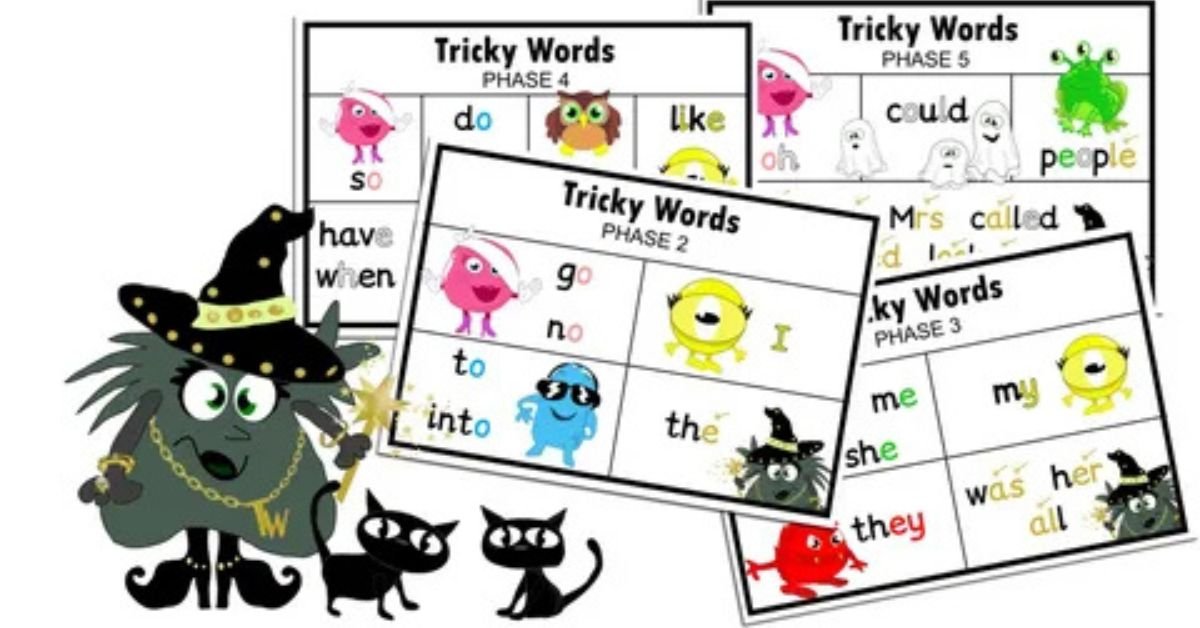
Some TH words are a little harder. Words like through, though, and thought have more letters or confusing sounds. But with the right approach, kids can learn them too.
Try breaking the word into parts. For example, say though slowly. Help your child feel the sound. Then blend it.
Use storytelling to explain meaning. For example:
- She went through the tunnel.
- He had a thought about his dream.
Children understand better when the word is used in a sentence or a story that they can imagine.
Here are a few challenging TH words:
Let your child practice slowly and clearly. Remind them that mistakes are okay. Every word learned is a step forward.
Activities to Reinforce TH Word Learning
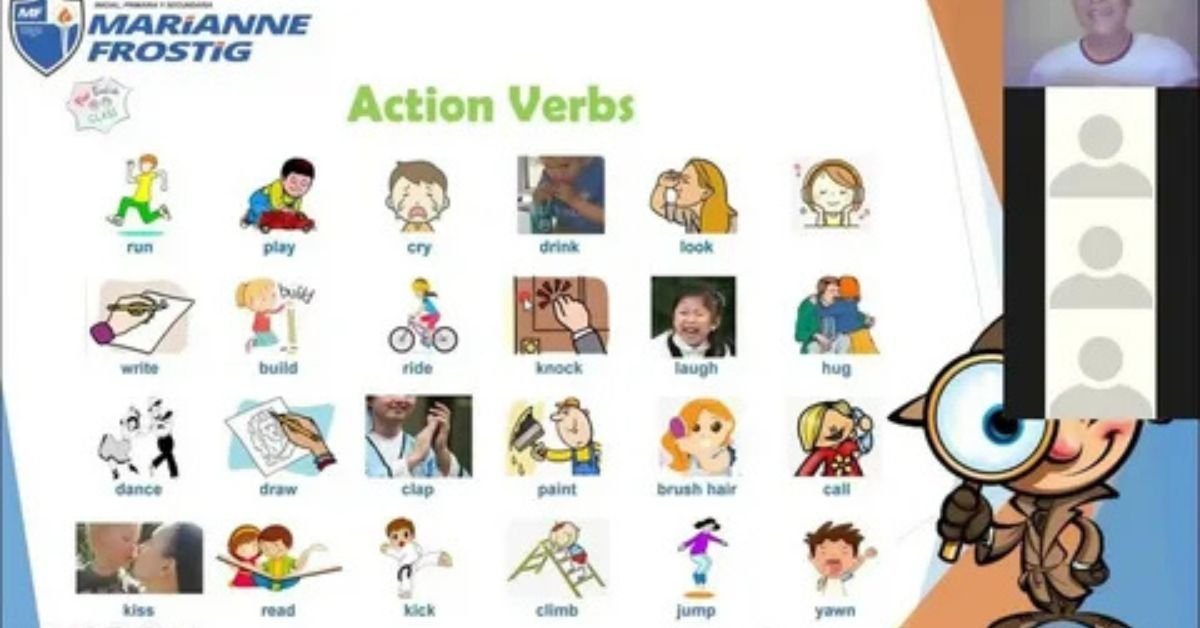
Keeping children engaged is key to learning. Below are some activity ideas that make TH word learning fun and active.
TH Sound Hopscotch
Draw hopscotch blocks with TH words written inside. Kids hop and say each word as they land.
Word Sorting Game
Write both voiced and voiceless TH words on small cards. Have your child separate the words into two different groups.
Mirror Practice
Face a mirror together with your child. Say the TH words slowly while showing how the tongue comes out for the sound. Kids love copying facial expressions.
TH Word Bingo
Create a bingo board using TH words. As you say each word, your child can point to or mark it.. This improves listening and word recognition.
These activities help kids repeat TH words often, which improves pronunciation and memory. Make it light, fun, and pressure-free.
Tips for Parents and Teachers
Teaching TH words doesn’t need to be hard. Here are simple tips to help your child succeed:
- Start small – Begin with a few easy words.
- Use real-life settings – say TH words during meals or playtime.
- Keep practice short but often – a few minutes a day is better than one long session.
- Praise effort, not just results – this builds confidence.
- Use your child’s interests – if they love animals, use TH words in animal stories.
By turning learning into a habit, children pick up skills naturally. The goal is to build comfort with the sounds, not to push too hard.
Common Mistakes Kids Make with TH Words

When learning TH words, children often face similar challenges. Here are a few to watch for:
- Replacing TH with F or D: Saying fank you instead of thank you, or dis instead of this.
- Leaving out the TH sound: For example, saying ‘ink’ instead of ‘think’.
- Placing the tongue incorrectly: The tip of the tongue should softly rest between the teeth when making the TH sound.”
To help with these, use gentle correction and repeat the right way. Using a mirror lets your child watch how their mouth moves to make the sound.
✅ Common TH Words for Kids with Meanings
| TH Word | Simple Meaning |
|---|---|
| the | something already known or specific |
| this | something near or close |
| that | something farther away |
| there | a place or location |
| they | refers to people/things already mentioned |
| them | talking about more than one person/thing |
| then | shows what happens next in time |
| thank | to show you are grateful |
| thin | not thick |
| thick | opposite of thin |
| throw | to toss or launch something |
| think | to use your brain or have ideas |
Speech and Pronunciation Tips for the TH Sound
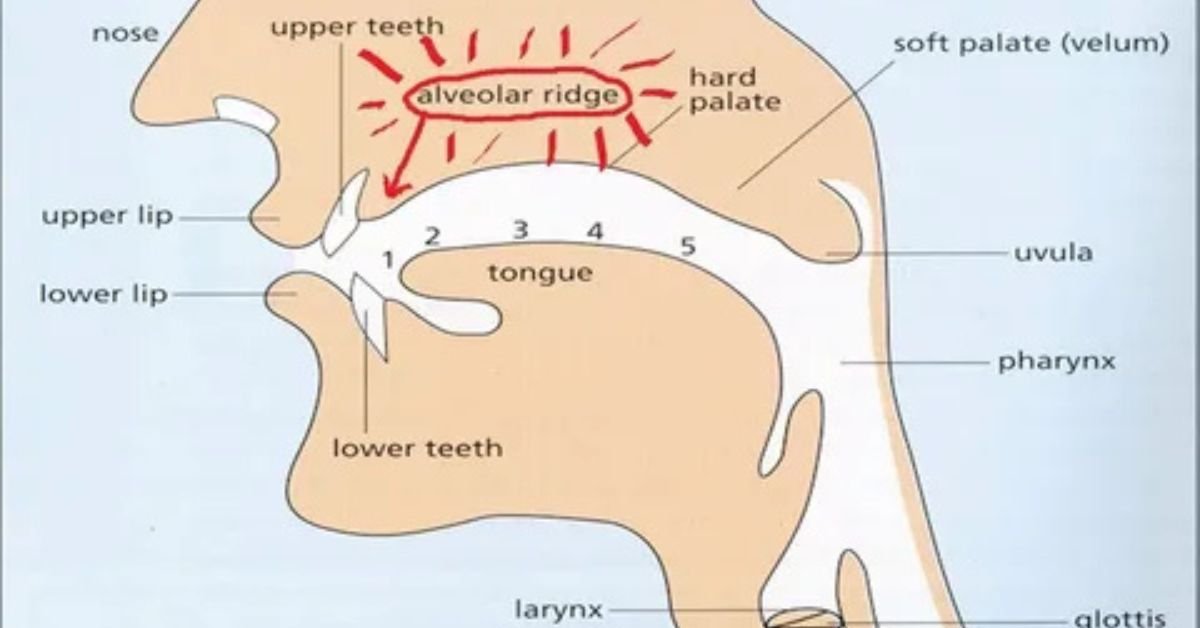
Many children struggle with the TH sound at first. It’s not a common sound in other languages, and it’s easy to confuse with F, D, or S. Here are simple ways to help your child speak TH words.
Tongue Position Matters
Teach your child that the tongue must come out a little between the top and bottom teeth. This step is important for making both voiced and voiceless TH sounds correctly.
Use the Mirror Trick
Look into a mirror together with your child. Show how your tongue moves when saying this or thank. Then let your child try. Seeing the movement helps them copy it.
Repeat with Slow Speech
Break the word into parts and say it slowly. For example, say th-i-n and then blend it to thin. Gently do this many times.
Record and Replay
Use a phone to record your child saying TH words. Let them hear how they sound. Kids often love listening to their voice and trying again.
No Rushing
Some children will take longer than others. Avoid stress or shame. Celebrate small wins like saying the or three correctly.
Your child will improve with regular practice and patience. Clear speech grows with confidence and kind support.
Blending TH Words into Daily Life
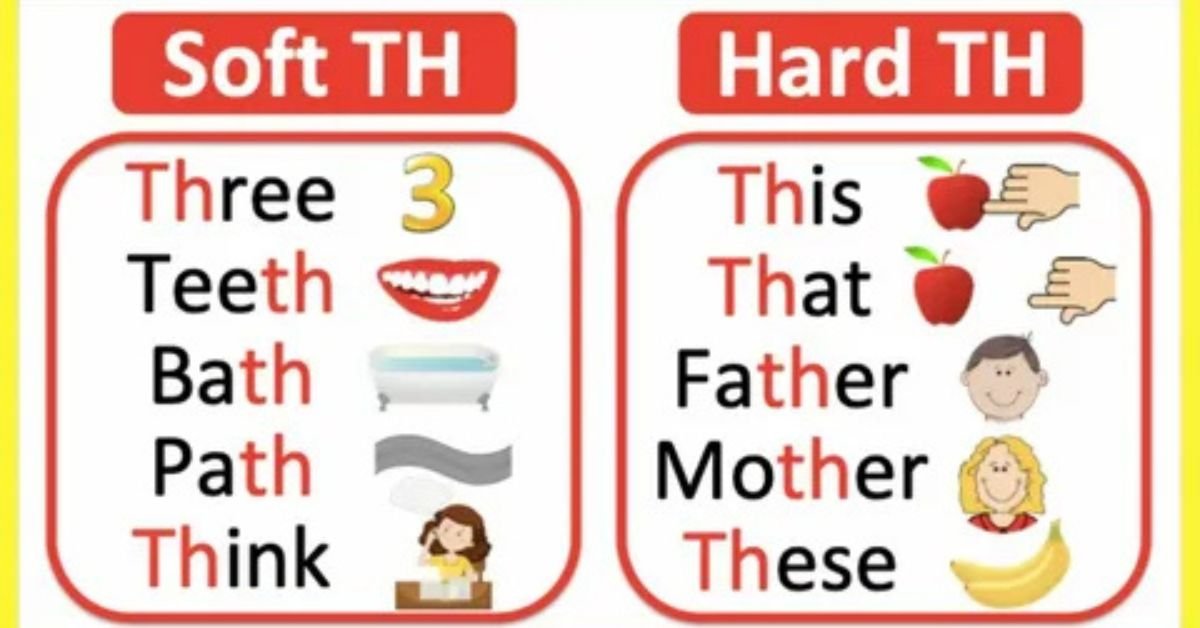
Teaching TH words becomes easier when you use them in normal, daily conversations. Children learn faster when they hear words in real settings.
Here’s how you can blend TH words naturally into everyday talk:
- While brushing teeth: This is how we brush our teeth.
- While eating: Thank you for passing the plate.
- While playing: Throw the ball over there.
- During walks, look at those thick trees.
- When sharing: Give that toy to them.
Repeating these phrases makes the TH words feel normal. Over time, your child will begin to copy and use them in their speech.
This kind of natural language exposure helps children grow confident without even knowing they’re learning.
Tracking Progress with TH Words
It’s important to notice how your child is improving with TH words. Tracking their progress helps you know what’s working. And what needs more time?
Here are simple ways to do that:
Keep a TH Word Notebook
Let your child write or draw a new TH word every day. Go over all the words again at the end of the week. This also builds writing and memory skills.
Make a Word of the Day Chart
Focus on one TH word per day. Use it in different sentences, games, or drawings. Mark it off once your child feels confident using it.
Record Videos or Audio
Take a short video of your child saying TH words once a week. Compare with earlier ones. You’ll notice big improvements in their pronunciation and speech.
Use a Simple Checklist
List all beginner TH words. Mark the words once your child can say and use them correctly.
By seeing progress, your child stays motivated and excited to learn more.
FAQs: TH Words for Kids
What is the easiest way to teach TH words to kids?
Start with simple TH words like the, this, and thank. Use games, stories, and songs to repeat these in fun ways. Make it playful, not stressful.
Why do kids struggle with the TH sound?
The TH sound is made by placing the tongue between the teeth, which many kids are not used to. It’s also not common in many other languages, which makes it harder.
How do I know if my child is making the TH sound correctly?
You should see the tongue slightly come out between the teeth. You can also feel vibrations in the throat for voiced TH words like that or this.
What are some fun TH words to start with?
Begin with the, this, that, thank, think, and three. These are short, easy, and commonly used in daily life.
Can these tips help kids with speech delay?
Yes, using TH words in slow, clear, and repeated ways helps all children, including those with mild speech delays. Always encourage and support without pressure.
Conclusion: Helping Kids Master TH Words with Confidence
Learning TH words for kids doesn’t need to be boring or hard. With the right tools, like fun games, colorful charts, and simple speech tips. Your child can enjoy the process. These words are everywhere in daily talk, so the more your child hears and uses them, the better they’ll get.
You’ve now seen how to teach easy and tricky TH words, the difference between voiced and voiceless sounds, and how to use them in daily life. With a little effort each day, children can learn to say these sounds clearly and confidently.
Whether you’re a parent or a teacher, remember: a fun and relaxed environment always helps children learn faster. Keep encouraging, keep practicing, and celebrate small wins. With time, your child will become a TH word expert!

